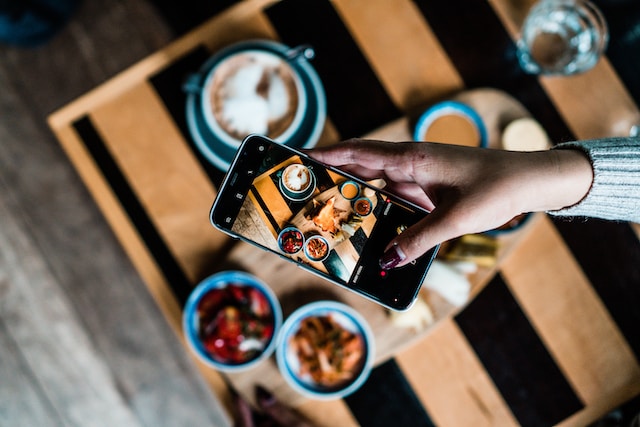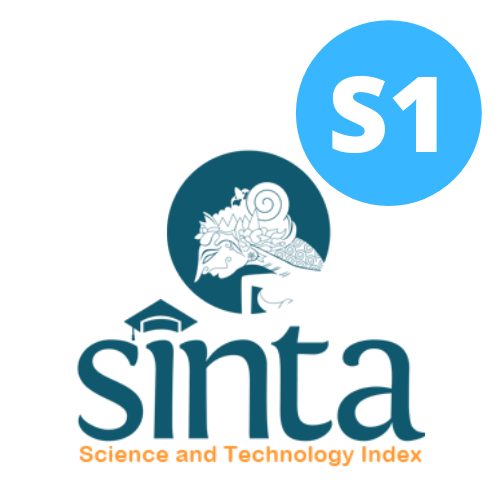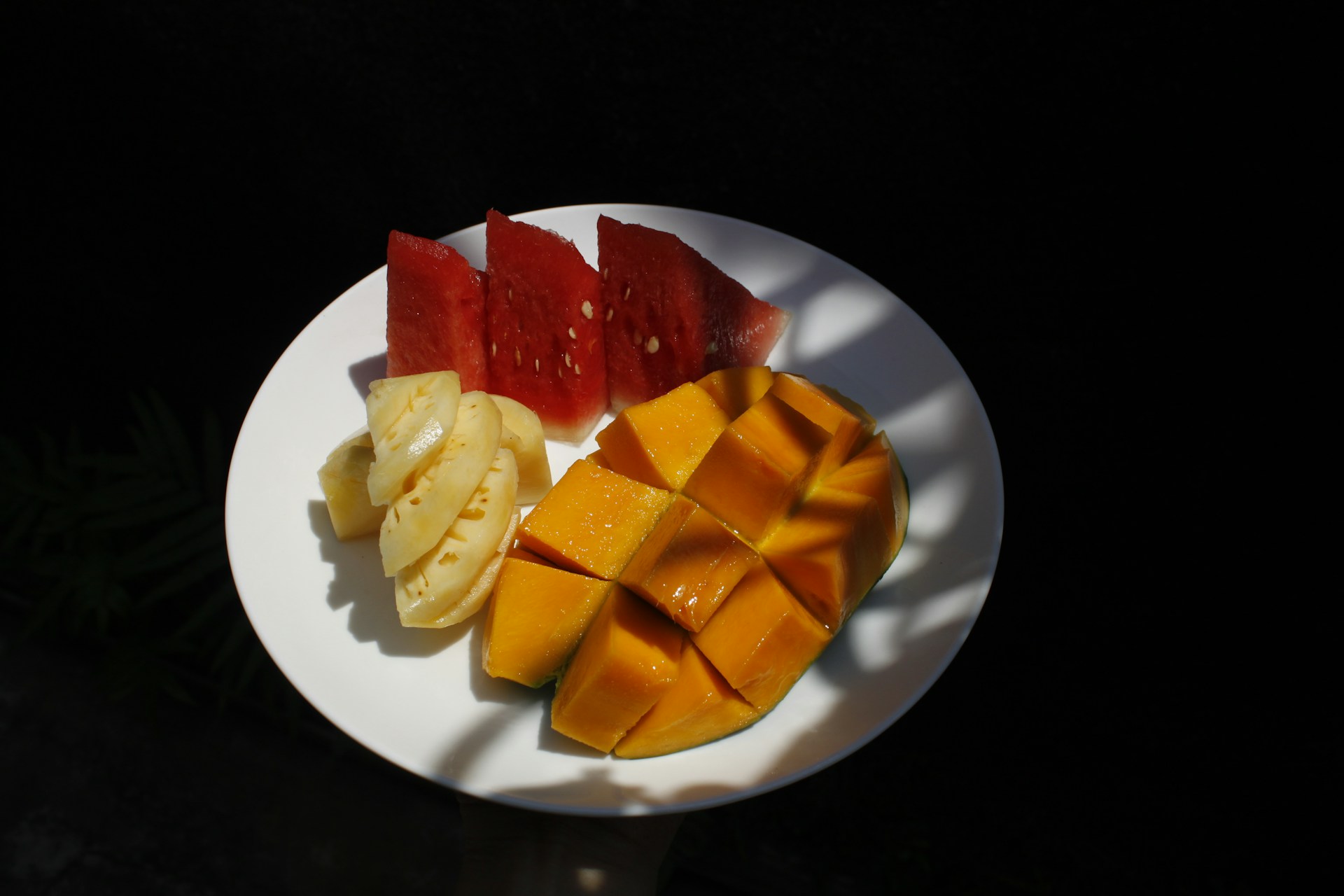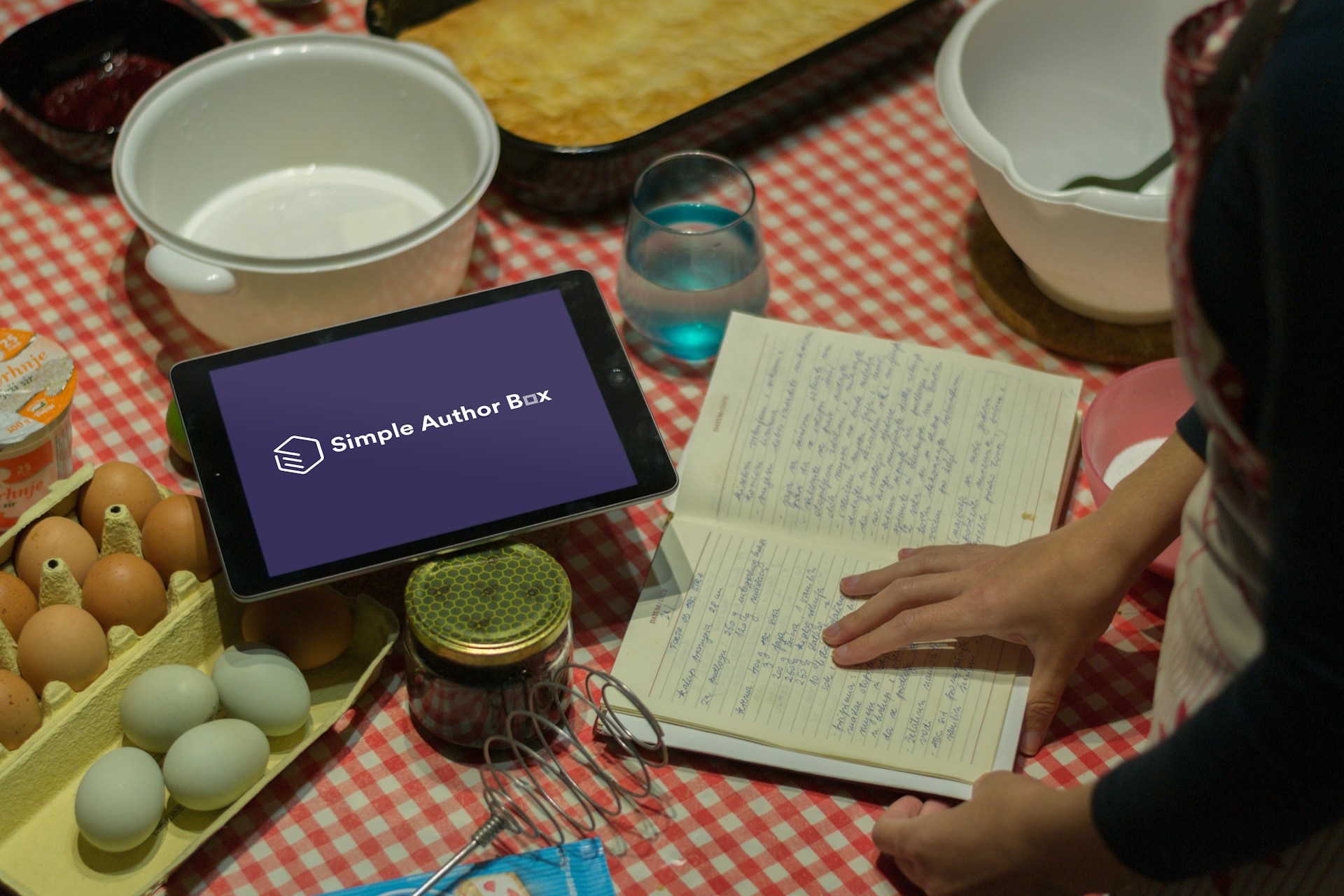The Associations Between Social Media Use with Eating Behavior, Physical Activity, and Nutrition Status among Adolescents in DKI Jakarta
Hubungan Pola Penggunaan Media Sosial dengan Perilaku Makan, Aktivitas Fisik, dan Status Gizi pada Remaja di DKI Jakarta

Downloads
Background: Increased adolescent social media use can lead to lower physical activity. In addition, the growth of marketing of unhealthy foods and drinks is inevitable. In short, excessive social media use may negatively impact nutrition problems, eating behavior, and physical activities.
Objectives: This study aimed to determine the relationship between patterns of social media use and nutrition status, eating behavior, and physical activity among adolescents in DKI Jakarta.
Methods: The study was cross-sectional and involved 187 students from public high schools in Jakarta. Data was collected using the Food Frequency Questionnaire (FFQ), the International Physical Activity Questionnaire (IPAQ), the use of social media questionnaire, and an anthropometric assessment to measure body mass index for age. The statistical analysis used was the chi-square test.
Results: No significant association were found between the frequency and duration of social media use and nutrition status. The type of exposure to social media content does not show a significant relationship with nutrition status, eating behavior, and physical activity. However, there were significant associations between frequency (p=0.022) and duration (p=0.003) of social media use and eating behavior. Likewise, there was a significant relationship between frequency (p=0.021) and duration (p=0.005) of social media use with physical activity.
Conclusions: Duration and frequency of social media use are associated with riskier eating patterns and lower adolescent physical activity. Therefore, nutrition education in adolescents should also include topics on social media use.
Roma Doni, F. Perilaku Penggunaan Media Sosial Pada Kalangan Remaja. Indonesian Journal on Software Engineering 3, 15–23 (2017).
APJII. Profil Internet Indonesia 2022. (2022).
Gupta, S. & Bashir, L. Social Networking Usage Questionnaire: Development and Validation in an Indian Higher Education Context. Turkish Online Journal of Distance Education 19, 214–227 (2018).
WHO. World Health Statistics 2022. http://apps.who.int/bookorders. (2022).
RISKESDAS. Laporan Hasil Riset Kesehatan Dasar. (2018).
Mokolensang, O. G., Manampiring, A. E. & Fatimawali. Hubungan Pola Makan Dan Obesitas Pada Remaja Di Kota BITUNG. Jurnal e-Biomedik (eBm) 4, (2016).
Andriani, F. W. & Indrawati, V. Gaya Hidup Sedentari, Screen Time, dan Pola Makan terhadap Status Gizi Remaja SMAN 1 Bojonegoro. Jurnal Gizi Universitas Negeri Surabaya 1, 14–22 (2021).
Wijaya, K. Hubungan Intensitas Penggunaan Smartphone dengan Perilaku Makan pada Emerging Adults. Jurnal Ilmiah Mahasiswa Universitas Surabaya 8, 1606–1616 (2019).
Waluyo, I. et al. Penggunaan Media Sosial dan Aktivitas Fisik pada Remaja Tingkat Sekolah Menengah Pertama (SMP) Tahun 2018. Jurnal Ilmu dan Teknologi Kesehatan 6, 160–166 (2019).
Artadini, G. M. Hubungan Kebiasaan Makan, Paparan Media Sosial, Dan Teman Sebaya Dengan Status Gizi Mahasiswa Program Studi Gizi Upn Veteran Jakarta. (Upn Veteran Jakarta, 2022).
Amelia, G. Hubungan Penggunaan Akun Kuliner Terhadap Paparan Konten Makanan Media Sosial di Instagram Dengan Perilaku Makan Pada Mahasiswa Gizi Fikes Upn Veteran Jakarta. (Universitas Pembangunan Nasional Veteran Jakarta, 2022).
HSE. International Physical Activity Questionnaire - Short Form. https://www.hse.ie/eng/about/who/cspd/ncps/ncpr/copd/pulmonary-rehabilitation/international-physical-activity-questionnaire-ipaq.pdf (2002).
Mega Kumala, A., Margawati, A. & Rahadiyanti, A. Hubungan Antara Durasi Penggunaan Alat Elektronik (Gadget), Aktivitas Fisik dan Pola Makan Dengan Status Gizi Pada Remaja Usia 13-15 Tahun. Journal of Nutrition College 8, 73–80 (2019).
Sabatini Setiawati, F., Mahmudiono, T., Ramadhani, N. & Fadiah Hidayati, K. Intensity of Social Media Usage, Exercise Habits, and Obesity among Adolescent in Senior High School 6 Surabaya 2019. 142–148 (2019) doi:10.2473/amnt.v3i3.2019.
Kurnia, A. D., Melizza, N., Masruroh, N. L. & Prasetyo, Y. B. Hubungan Antara Penggunaan Sosial Media dengan Status Gizi Pada Remaja Akhir. Jurnal Keperawatan Priority 5, 1–7 (2022).
Shimoga, S. V., Erlyana, E. & Rebello, V. Associations of Social Media Use with Physical Activity and Sleep Adequacy Among Adolescents: Cross-Sectional Survey. J Med Internet Res 21, (2019).
Januraga, P. P. et al. Qualitative Evaluation of a Social Media Campaign to Improve Healthy Food Habits among Urban Adolescent Females in Indonesia. Public Health Nutr 24, S98–S107 (2021).
Goodyear, V. A. et al. Social Media Use Informing Behaviours Related to Physical Activity, Diet and Quality of Life during COVID-19: a Mixed Methods Study. BMC Public Health 21, (2021).
Copyright (c) 2024 Amerta Nutrition

This work is licensed under a Creative Commons Attribution-ShareAlike 4.0 International License.
AMERTA NUTR by Unair is licensed under a Creative Commons Attribution-ShareAlike 4.0 International License.
1. The journal allows the author to hold the copyright of the article without restrictions.
2. The journal allows the author(s) to retain publishing rights without restrictions
3. The legal formal aspect of journal publication accessibility refers to Creative Commons Attribution Share-Alike (CC BY-SA).
4. The Creative Commons Attribution Share-Alike (CC BY-SA) license allows re-distribution and re-use of a licensed work on the conditions that the creator is appropriately credited and that any derivative work is made available under "the same, similar or a compatible license”. Other than the conditions mentioned above, the editorial board is not responsible for copyright violation.












































